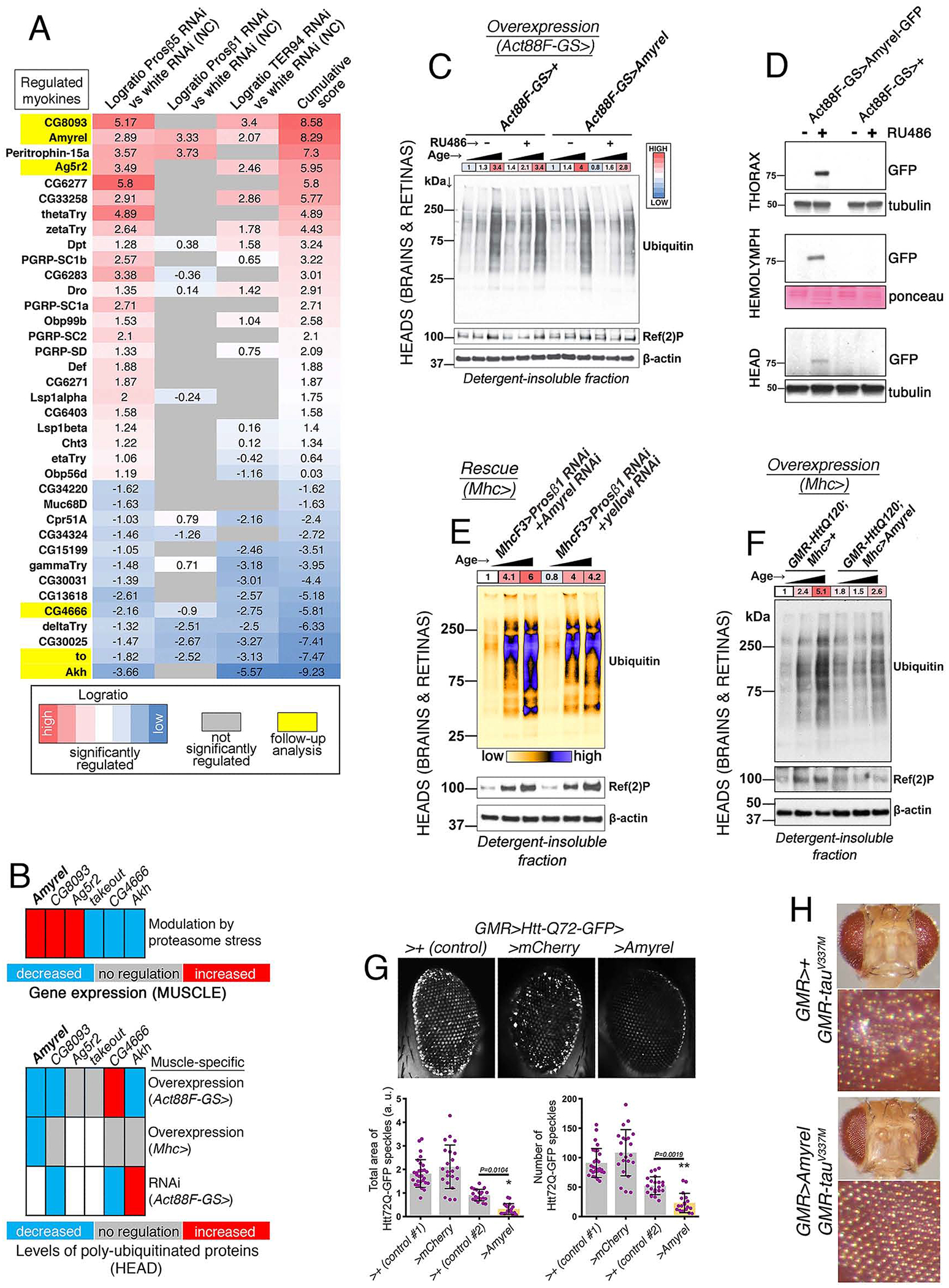Fig. 2. Amyrel is a key Myokine that Preserves Protein Quality Control in Distant Tissues in Response to Proteasome Stress in Muscle.

(A) RNA-seq data indicates muscle-secreted factors (myokines) that are commonly induced by RNAi for subunits of the 20S proteasome (Prosβ1 and Prosβ5) and Ter94/VCP. The logratio of Prosβ1RNAi, Prosβ5RNAi, and Ter94RNAi versus whiteRNAi is shown. Non-significantly regulated myokines are shaded in gray, whereas upregulated and downregulated myokines with p<0.05 are highlighted in red and blue, respectively. Some of the most-significantly regulated myokines (yellow) were selected for follow up biochemical analyses (B).
(B) Summary of the analysis of muscle-specific RNAi and overexpression for selected stress-induced myokines, based on the primary data shown in Supplemental Fig. S3 and S4. The levels of poly-ubiquitinated proteins found in the detergent-insoluble fractions of heads is indicated.
(C) Drug-induced Amyrel overexpression limited to the thoracic flight muscle reduces the age-related increase in poly-ubiquitinated proteins found in detergent-insoluble fractions of heads. No effect is seen with mock drug treatment (i.e. ethanol alone) and in the absence of the Amyrel transgene.
(D) GFP-tagged Amyrel expressed specifically in thoracic skeletal muscle is detected in muscle, in the circulation (hemolymph), and to a lower extent in the head, indicating that Amyrel is a muscle-secreted factor.
(E) Muscle-specific Prosβ1RNAi impedes the age-related accumulation of poly-ubiquitinated proteins in head tissues during aging. However, concomitant AmyrelRNAi blunts the effects of Prosβ1RNAi, compared to control yellowRNAi.
(F) Muscle-specific Amyrel overexpression improves protein quality control in heads of flies with pathogenic huntingtin (GMR-Htt-Q120) as indicated by the lower age-dependent increase in poly-ubiquitinated proteins found in detergent-insoluble fractions compared to controls. The ages analyzed are 10, 30, and 60 days.
(G) Drosophila retinas with transgenic expression of GFP-tagged pathogenic huntingtin (Htt-Q72-GFP) driven by GMR-Gal4. Amyrel overexpression decreases the overall amount of Htt-Q72-GFP protein aggregates in 30-day-old flies, compared to control mCherry and no transgene (+). SD, n≥18.
(H) Mutant tauV337M induces retinal degeneration during aging, as exemplified by the appearance of a rough eye phenotype due to the loss and derangement of photoreceptor neurons in 30-day-old females. Amyrel largely prevents such age-related neurodegeneration.
Supplemental Fig. S3 and S4 report additional data related to Fig. 2.
